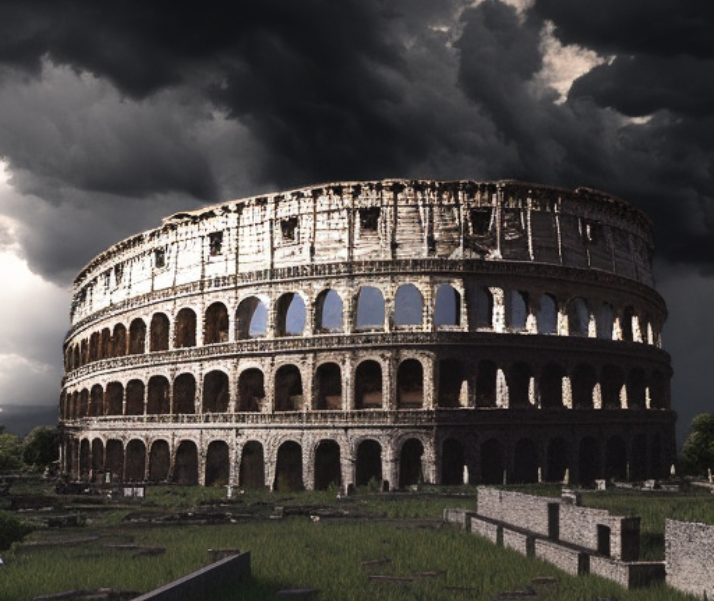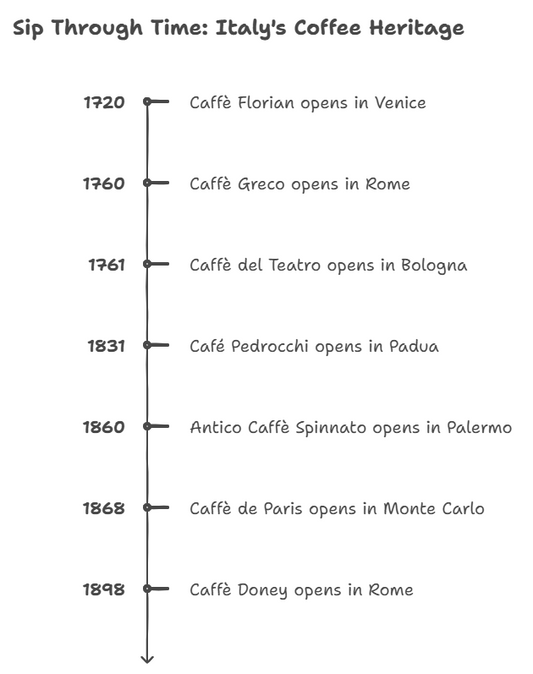
In my opinion, inflation undoubtedly played a significant role in the decline of the Roman Empire. The Roman economy was greatly affected by the devaluation of the denarius, the Roman currency, which led to rampant inflation during the late empire. This had far-reaching consequences for both the state and its citizens.
But, did inflation kill Rome?
Inflation was one of the factors that contributed to the decline and eventual fall of the Roman Empire, but it would be inaccurate to say that inflation alone killed Rome. The fall of the Roman Empire was a complex process that involved various political, economic, military, and social factors over a long period.
Imagine being a Roman citizen during that time, witnessing the gradual erosion of the value of your hard-earned denarii. As prices soared, your purchasing power diminished, and what used to be affordable became unattainable. Necessities such as food, clothing, and shelter became increasingly expensive, putting immense strain on ordinary people.
-
Devaluation of the Denarius: Over time, the Roman Denarius experienced significant devaluation due to inflation. In the early Roman Republic, the denarius was made of almost pure silver. However, by the late empire, its silver content had dropped from 95% to around 5%. This debasement of the currency contributed to inflation and a loss of confidence in the monetary system.
-
Spiraling Prices: Inflation led to skyrocketing prices in ancient Rome. Historical records suggest that during the 3rd century CE, the price of wheat increased by about 1,000% compared to the 1st century CE. This tremendous rise in prices put a strain on the population's ability to afford basic necessities.
-
Shrinking Purchasing Power: The inflationary environment in Rome drastically reduced the purchasing power of the denarius. Estimates suggest that during the 3rd century CE, the denarius lost about 95% of its value compared to the 1st century CE. This meant that what could have been bought with 1 denarius in the early empire required around 20 denarii in the later period.
-
Currency Reforms: To combat inflation and restore confidence in the currency, the Roman government attempted several currency reforms. One notable example is the monetary reforms of Emperor Diocletian in the late 3rd century CE. He introduced a new currency system with various denominations, but these reforms were not enough to curb the inflationary pressures faced by the empire.
-
Economic Disruption: Inflation caused economic disruption and led to a decline in trade and commerce in ancient Rome. With rapidly changing prices and a loss of trust in the currency, economic transactions became more challenging. The disruption to the economy had a cascading effect on various sectors, contributing to social unrest and weakening the overall stability of the empire.
- Other significant factors that contributed to the fall of the Roman Empire include political corruption, internal conflicts and power struggles, barbarian invasions, overexpansion, weakened military, social unrest, and declining agricultural productivity. These issues interacted and compounded over time, leading to the ultimate collapse of the Western Roman Empire in 476 CE.
The inflationary spiral created an atmosphere of economic instability and uncertainty. As the value of the denarius plummeted, people lost faith in the currency and sought alternative means to protect their wealth. Bartering and hoarding goods became common practices as the once-reliable medium of exchange lost its credibility.
In "The Fall of the Roman Empire: A New History", Peter Heather, Professor of Medieval History at King's College London, examines the decline of the Roman Empire from multiple angles, including the impact of inflation. He delves into the economic challenges faced by Rome, such as currency devaluation, rising prices, and their repercussions on the empire's stability. Heather's quoted "Diocletian’s Prices Edict of AD 301 fixed the price of a measure of wheat, which in the second century had cost about half a denarius, at no less than a hundred of the new, debased denarii."
The consequences of inflation were not limited to economic turmoil. Social unrest permeated Roman society, as the growing divide between the rich and the poor widened. The wealthy elites, who had access to resources and assets that retained value, could navigate the inflationary storm more effectively. On the other hand, the lower classes, already burdened by poverty and inequality, suffered the most. Their savings evaporated, livelihoods were jeopardized, and desperation increased.
"The Roman Revolution of Constantine" by Raymond Van Dam focused on the era of Constantine the Great, a pivotal figure in Roman history. Raymond Van Dam explores the political and economic transformations that took place during this period, shedding a little light on the role of inflation.
Constantine stopped minting the Diocletianic "pure" silver coins and forsook any attempts at restoring the silver currency, preferring instead to concentrate on minting large quantities of the gold coin. New and highly debased silver pieces continued to be issued during his later reign and after his death, in a continuous process of re-tariffing, until it ceased in 367.
The government's response to inflation only worsened the situation. Instead of addressing the root causes of the problem, they resorted to short-term fixes such as debasing the currency by reducing its silver content. This further fueled inflation and eroded public trust in the monetary system.
Inflation's impact extended beyond the economy and social fabric of Rome. It had far-reaching political consequences as well. The government, unable to manage the economic crisis effectively, faced growing discontent among the population. This, coupled with internal conflicts and power struggles, weakened the empire and made it vulnerable to external threats.
In the end, while inflation alone did not kill Rome, it certainly contributed to the empire's downfall. It undermined the economy, shattered social cohesion, and eroded the trust that held the empire together. Combined with other complex factors, inflation acted as a catalyst, accelerating Rome's decline and making it susceptible to the challenges it faced.
Reflecting on the role of inflation in Rome serves as a reminder of the importance of sound economic policies, responsible governance, and long-term planning. It highlights the consequences of neglecting economic stability and the impact it can have on society as a whole. History has much to teach us, and the lessons from Rome's experience with inflation remain relevant in shaping our future.
The story of Rome's rise to power is a fascinating one, full of intrigue, conquest, and innovation. From its early days as a republic to its eventual transformation into an empire, Rome's journey to greatness is a testament to the power of determination, ingenuity, and ambition. In this article, we'll explore the key factors that contributed to Rome's rise and examine the legacy of this remarkable civilization.





